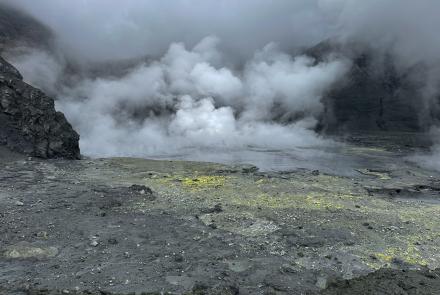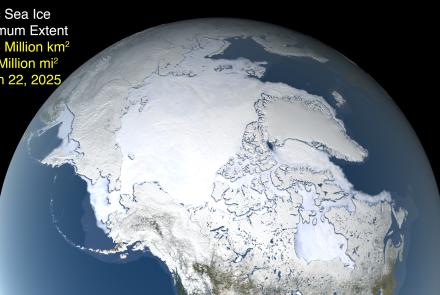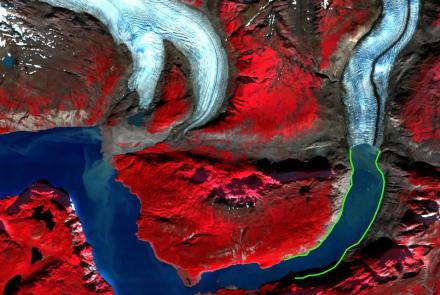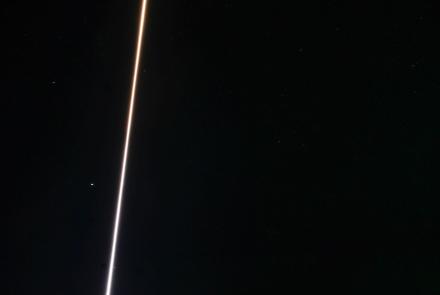
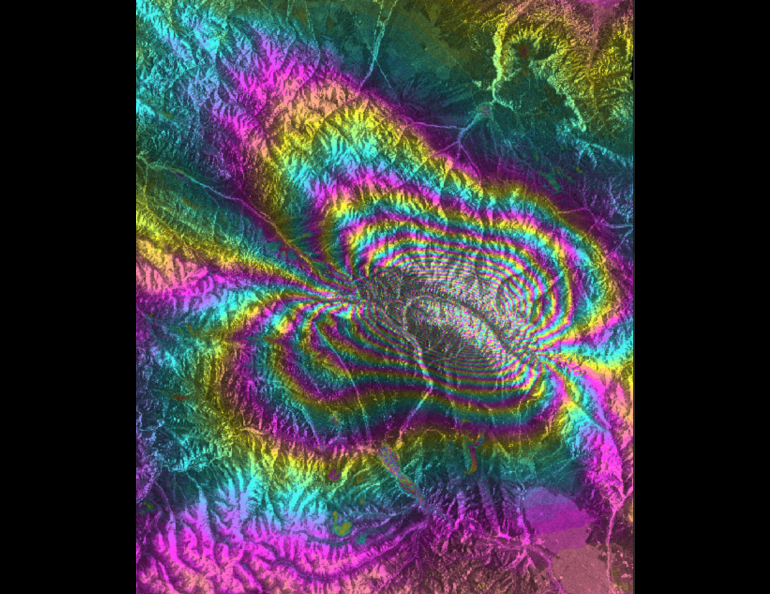
NASA awards Alaska Satellite Facility five-year, $70 million contract
The Alaska Satellite Facility at the University of Alaska Fairbanks will continue to operate NASA’s Distributed Active Archive Center for synthetic aperture radar under a contract that extends the work through 2028.
NASA announced the $70 million contract award on June 22. The contract took effect Saturday, July 1.
The archive center is one of 12 in NASA’s Earth Observing System Data and Information System. Each has a unique function.
In synthetic aperture radar, sensors on satellites produce energy and then record the amount of that energy reflected back after interacting with the Earth. The data is used to produce imagery.
“The center will communicate regularly with Earth research science and instrument teams, as well as lead efforts in the SAR community on data formats, strategic data services, data interoperability, data usability, and data capabilities,” NASA stated in an announcement.
Alaska Satellite Facility Director Wade Albright said the long-standing relationship with NASA will continue to benefit the SAR community.
“The collaboration between the Alaska Satellite Facility and NASA provides an uninterrupted opportunity to revolutionize NASA’s Earth observation capabilities with synthetic aperture radar data,” Albright said. “The contract represents a significant and ongoing step toward technology application and data management strategies, empowering scientists worldwide with comprehensive and accurate data.”
The contract award will allow the Alaska Satellite Facility to enhance data collection, analysis, and distribution processes to advance the understanding of Earth’s systems and improve disaster response capabilities.
SAR data use has grown dramatically since 2014, when the European Space Agency launched its Sentinel-1 satellite and made its SAR data freely available. The Alaska Satellite Facility downlinks Sentinel-1 data under an agreement between the U.S. State Department and the European Commission.
The Alaska Satellite Facility employs nearly 100 people. That number has almost doubled over the past five years due to additional contracts with NASA, other federal agencies and commercial entities.
The facility is preparing for a major increase in the amount of data it archives and distributes. The additional data will come with the launch of a SAR satellite by NASA and the Indian Space Research Organisation.
The satellite, named NISAR, will provide information about Earth’s changing ecosystems and surfaces, biomass, natural hazards, sea level rise and groundwater. It also will support a host of other applications, according to NASA.
The Alaska Satellite Facility last year received the NASA Group Achievement Award, given collectively to NASA’s 12 Distributed Active Archive Centers for “outstanding group accomplishment that has contributed substantially to NASA's mission.”
• Alaska Satellite Facility User Support office, uso@asf.alaska.edu
• Rod Boyce, University of Alaska Fairbanks Geophysical Institute, 907-474-7185, rcboyce@alaska.edu




